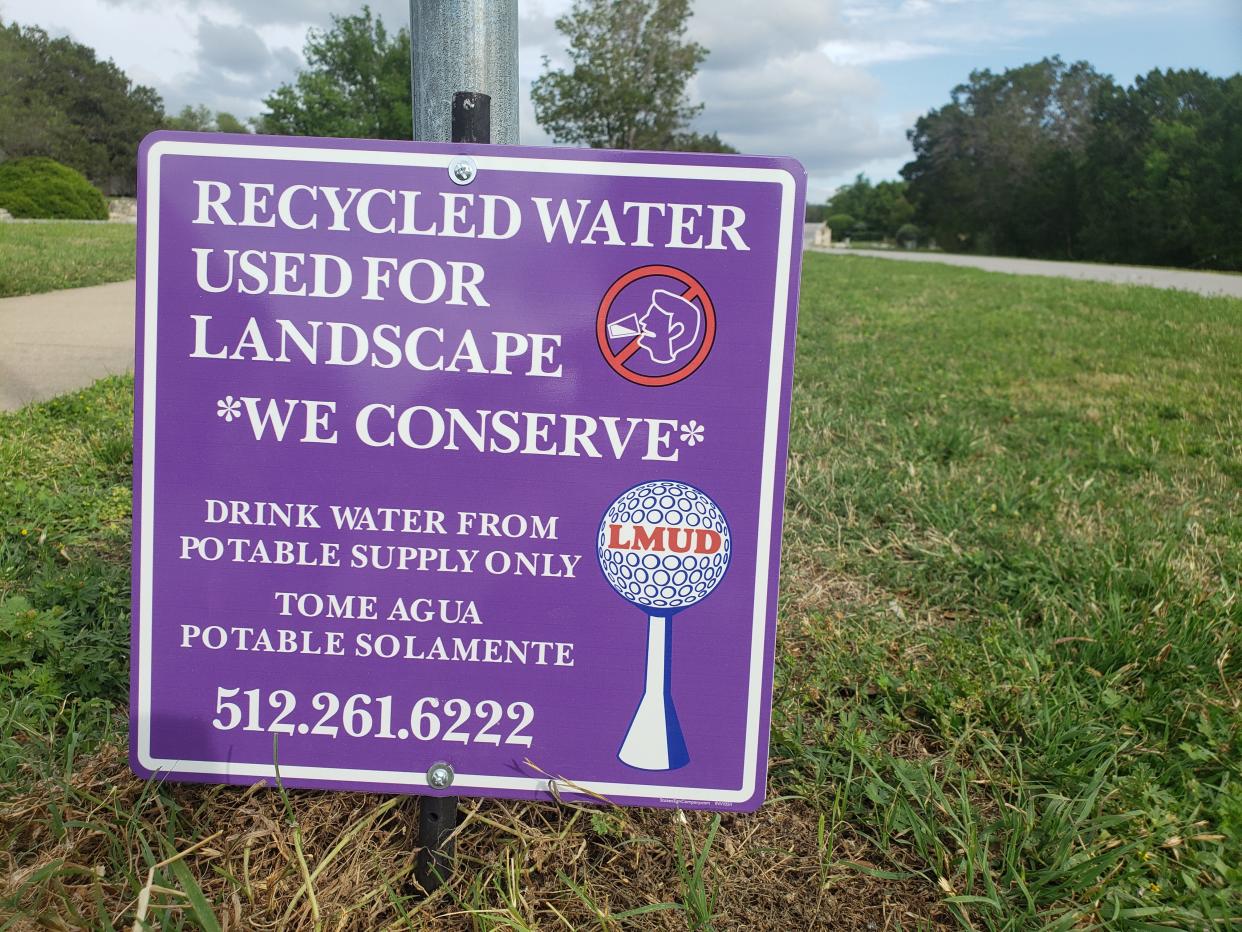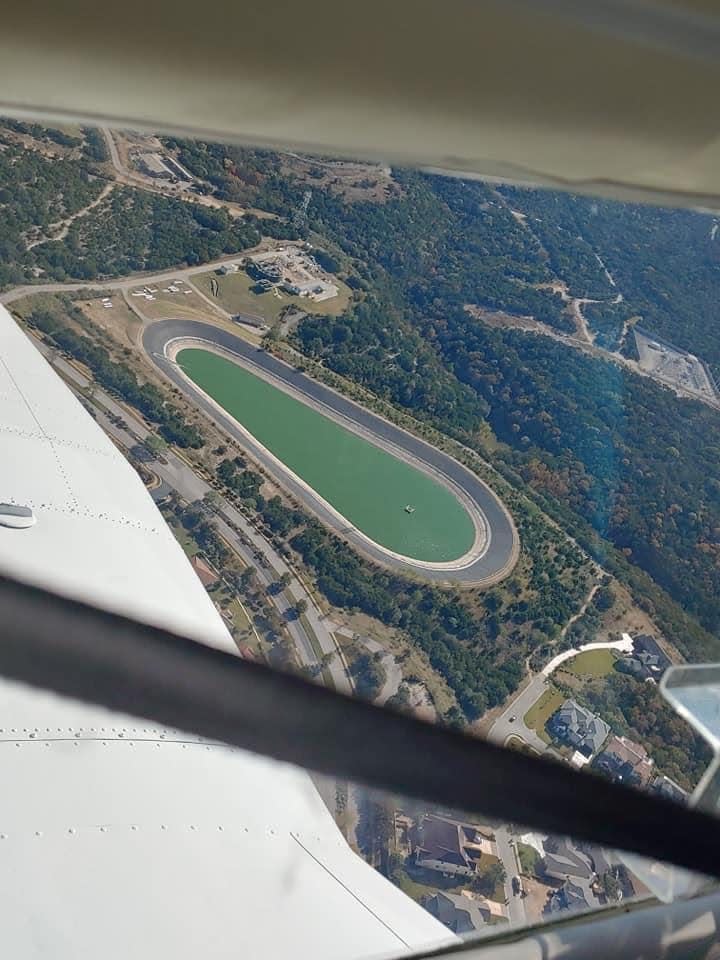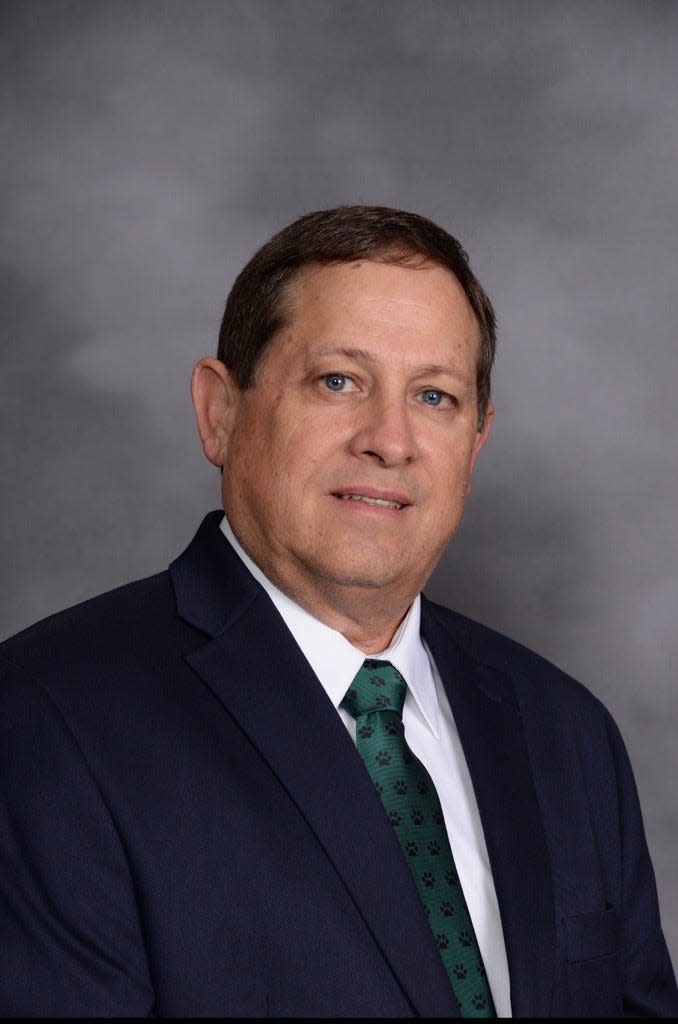Lakeway MUD: Finding alternative water sources for irrigation

Change is all around us. It’s inevitable. Things we once took for granted, set to operate on autopilot, need to be routinely reassessed. This is how progress is made (for better or for worse). But you can’t make smarter choices without first being educated on the options and then taking time to sift through them before implementing what makes the most sense for you.
This column is just one of the ways that we, as a steward of water resources, aim to change the way Central Texans use and think about water to help reduce demand. With about 60% of an average household’s water consumption being attributed to use outdoors, and much of that being unnecessarily wasted, we spend a lot of time educating about more efficient irrigation practices. This starts with reassessing the water source.
Potable water is the technical term for the water supplied to homes and businesses through a complex unground system of pipes and storage tanks maintained by a public water provider. It comes from a natural water source (most often surface water, such as a lake, or groundwater) and is tested and treated by a team of trained professionals at a sophisticated water treatment facility to levels that meet state and federal standards meant for human consumption.

This means the water that flows into your toilet or out to your lawn is just as clean as the water supplied to your kitchen sink or shower. Because not all household uses of water benefit from this level of sanitization, alternative water sources should be considered. For outdoor watering, non-potable water sources are abundant, but require proper capture, storage, and distribution. Consider:
Rainwater is best suited for watering plants and harvesting methods have been used for centuries. It can be done passively, by creating landscaping features that slowly convey and disperse the water throughout a yard or garden bed, or actively through capture using collection basins, such as rain barrels. The downsides are roof runoff is not suggested for use on the leaves of edible plants and this water source is only available with an adequate supply of precipitation.
With high temperatures guaranteed during the long summer months, a home’s air conditioning condensate offers, on average, about 5 to 10 gallons of water per day if collected for reuse. In most cases, it’s essentially distilled water with low mineral and chemical content but may contain some bacteria so is recommended for use in subsurface application.
At least 50% of indoor water use produces a sustainable resource called “graywater.” By altering a home’s plumbing or using a bucket to capture graywater from handbasins, washing machines, showers and baths, a home is producing its own non-potable water source. Since your household’s hygiene and cleaning product use impacts the makeup of the graywater and its distribution into the environment, like other non-potable water sources, it is not recommended for use on edible plants and is best dispersed subsurface.
Reclaimed water, or “recycled water,” is produced at a wastewater treatment plant using advanced processing methods that make it safely reusable. Since the 1970s, the Lakeway Municipal Utility District has been a leader in the beneficial reuse of treated wastewater for land application. Rigorously tested and treated to the highest standards, “Type I reclaimed water” is known to be safe and environmentally friendly and therefore permitted for spray application in areas where public contact is likely. This water source is not available everywhere since it requires complex infrastructure, similar to potable water, to distribute and maintain quality, however communities with access to it can significantly decrease the supply demand at their water treatment plants and amount pulled from their natural water source.
We realize each of these upgrades takes time, money and effort, but as the saying goes, “Rome wasn’t built in a day” so while our water shortage problems won’t get better without change, small efforts lead to big results over time.
Written by Stephanie Threinen, public information liaison for the Lakeway Municipal Utility District. Earl Foster is the general manager of LMUD.

This article originally appeared on Austin American-Statesman: Lakeway MUD: Finding alternative water sources for irrigation

